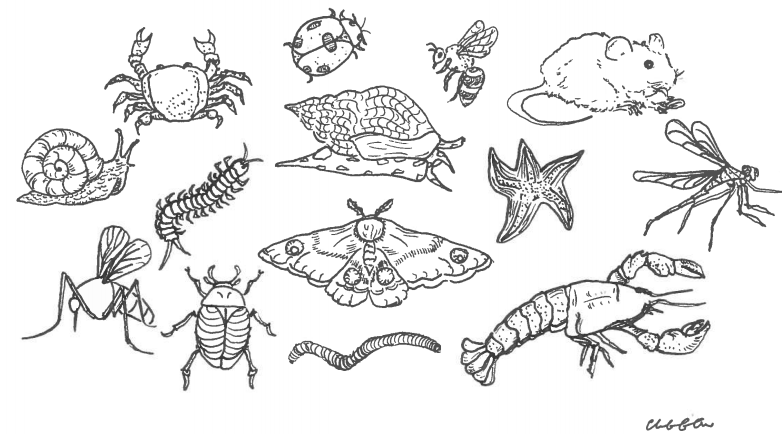Rarely does the title of a scientific study live up to the aspirations of its authors. The BIG Project, however, is an exception. BIG, which stands for the Biotic Interaction Gradients experiment, is the first endeavour of its kind to explain one of Charles Darwin’s oldest theories: Species interactions play a greater ecological and evolutionary role in regions closer to the equator.
For decades, various research groups have tried to provide definitive, quantitative evidence for heightened inter-species activity in tropical and low-elevation environments. However, they struggled due to the limited geographic scale of their experiments.
The brainchild of Anna Hargreaves, a professor in the McGill Department of Biology, the BIG project overcame such restrictions by employing a group of over a dozen researchers working from the High Arctic to the equator. Her team set up more than 7,000 seed depots—small caches of a few dozen sunflower seeds—along 18 mountains across the Americas. Researchers then observed how many seeds animals consumed and in what environment. In a paper published in February 2019, Hargreaves and her team provided conclusive evidence that latitude and elevation play an essential role in determining species interactions.
“The purpose of the project was to test this hypothesis directly,” Hargreaves said in an interview with The McGill Tribune. “If we did the same experiment everywhere, using the same material and analyzing the same interaction, we could actually see if the interaction was stronger in the tropics.”
The authors found that seed predation, the metric that they used to test species interaction, was greatest toward the equator. Moving from north to south, seed consumption increased by 2.6 per cent for every 10 degrees of latitude.
Whereas other meta-analytical studies use a variety of parameters to assess the relationship between biological diversity and latitude, the BIG project employed a much simpler methodology. For Hargreaves, it was important that the experiment was easily replicable so that researchers across the globe could follow a standard protocol.
Hargreaves’s biggest concern was capturing latitudinal interaction while biological variation and other variables were at play.
“One way to counter that is to reduce variation experimentally,” Hargreaves said. “If you take out the mammals and birds, you are looking at a smaller, more targeted group of species eating the seeds.”
To limit the influence of variation, some seed depots were enclosed within cages, restricting the types of animals that could consume seeds. This modification allowed Hargreaves and her team to look at predation data from larger vertebrates and smaller invertebrates individually.
The results were intriguing to the authors because the expected pattern of species interaction was driven largely by invertebrates. Excluding vertebrate species who fed upon grain reduced seed predation, but it did not change the overall geographic trends in interaction strength.
“It’s a huge, global, biogeographical pattern that is driven by the smallest animals we were looking at,” Hargreaves said. “It was quite unexpected.”
Santiago David, a UBC zoologist who placed seed depots for the project in South America, recounts some of the other challenges in completing an experiment of this scale.
“We worked in Colombia along two separate transects that aren’t accessible by car at all elevations,” David wrote in an email to the Tribune. “That means we had to hike up trails that were 1,000 metres in elevation, two days in a row, carrying all the equipment and fighting against time to set everything up. It was hard work but also very rewarding.”
Now, Hargreaves and her team are turning their attention to another Darwinian query that examines whether the strength of interactions lead to stronger competition.
The BIG experiment represents a model way in which researchers can approach the largest questions of evolutionary ecology. As long as big questions remain about interactions of natural populations, the BIG experiment will be there to provide answers.








